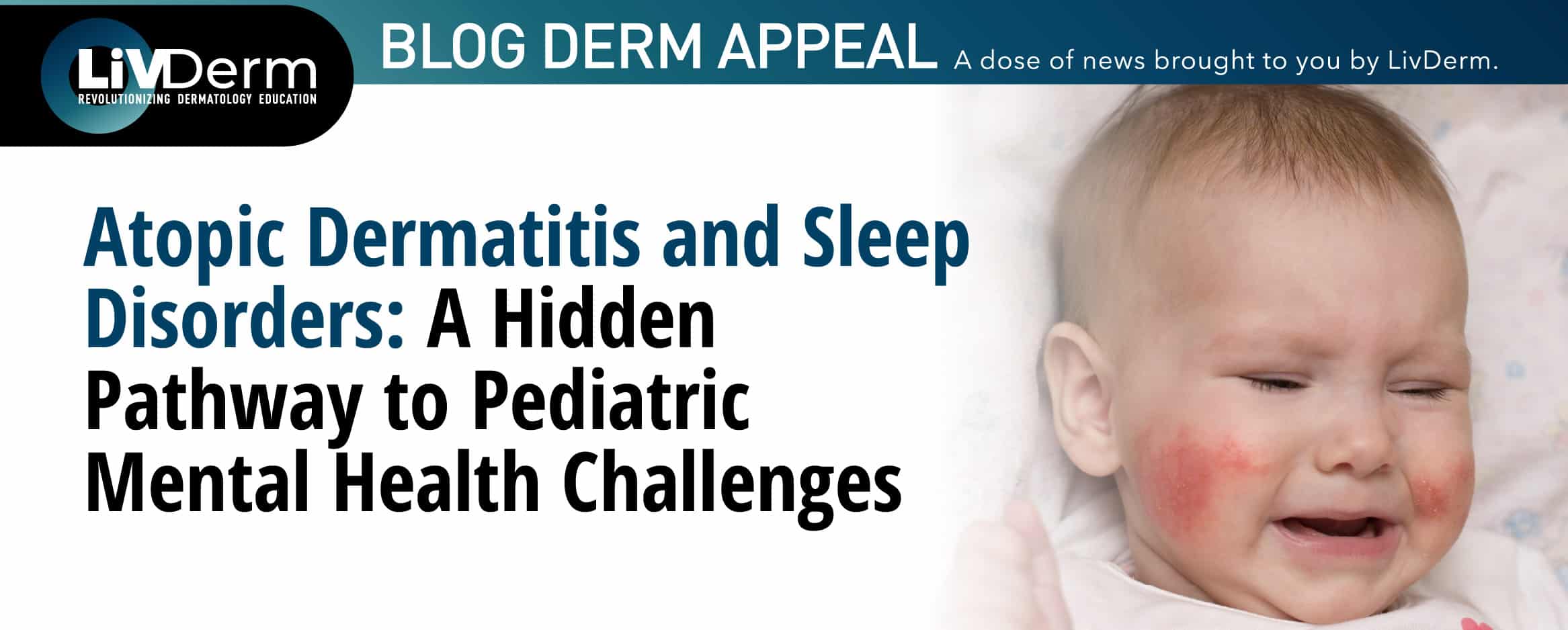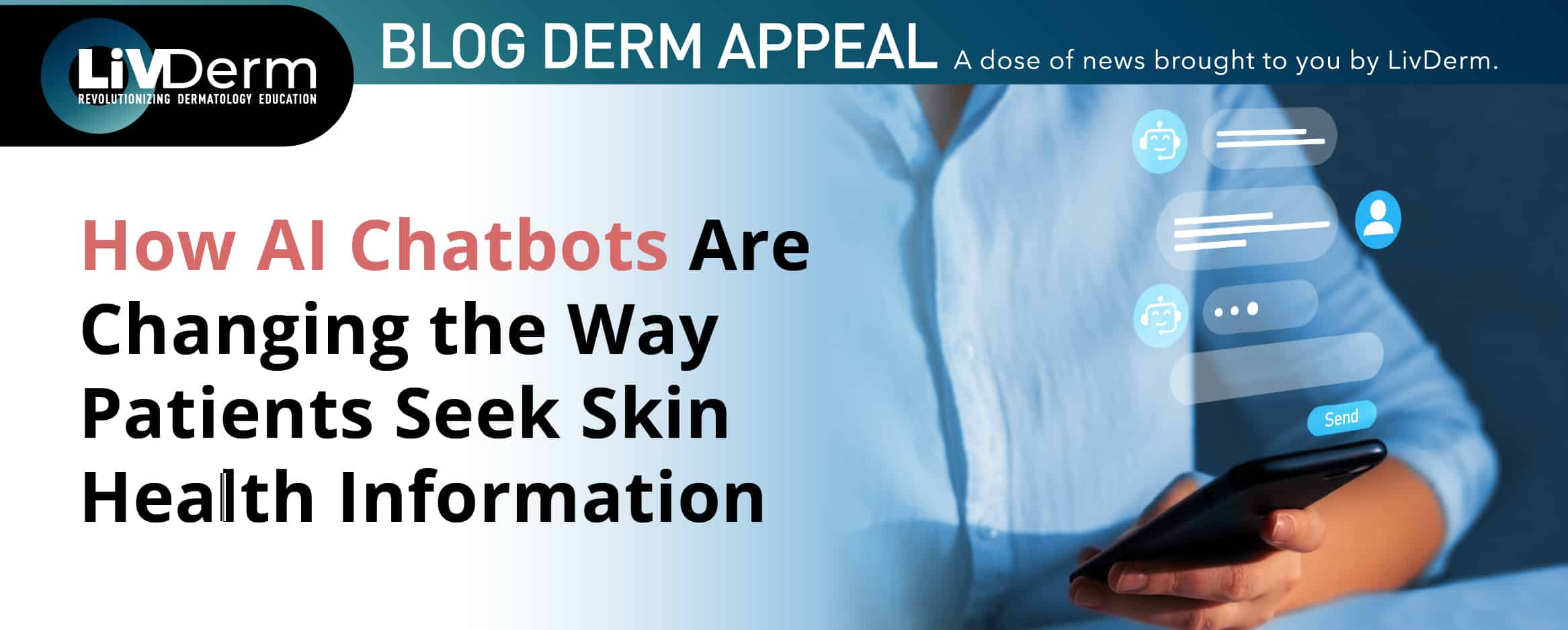The intersection of dermatology and mental health is becoming increasingly impossible to ignore, especially in pediatric care. New research highlights a concerning link: children with both atopic dermatitis (AD) and sleep disorders face a significantly higher risk of developing ADHD and anxiety.
For dermatologists, pediatricians, and mental health professionals, these findings reinforce the urgent need for integrated care models that extend beyond skin-deep symptoms.
Unpacking the Data: AD, Sleep Disruption, and Mental Health
While AD has long been known to impair quality of life through chronic itching, skin sensitivity, and inflammation, this study underscores a more insidious impact. When paired with sleep disruption, the risk of neurodevelopmental and psychiatric conditions climbs dramatically.
Children with this dual diagnosis were found to have significantly elevated rates of ADHD and anxiety compared to peers without the combination. This aligns with growing evidence suggesting that sleep is a critical mediator in the relationship between inflammatory skin disease and mental health.
Clinical Implications: Dermatology as a Frontline for Mental Health
Research should prompt dermatologists to rethink their role in the care continuum. AD management is about safeguarding long-term mental and cognitive health.
Routine screening for sleep disorders in pediatric AD patients should become a standard of care.
- Dermatology clinics should consider integrated referral systems that connect patients to behavioral sleep specialists and pediatric mental health providers.
- Clinicians may also need to adjust treatment plans based on psychodermatological risk factors, considering earlier or more aggressive intervention for patients struggling with sleep.
Industry Opportunity: Innovation in Pediatric Care Delivery
For the dermatology industry, this signals a ripe opportunity for innovation. From wearable sleep monitors that can be integrated into eczema care, to multidisciplinary treatment algorithms and EMR flags that trigger behavioral health assessments, the future of pediatric dermatology lies in intelligent, coordinated care.
Pharmaceutical and biotech companies may also look toward developing or positioning therapies that address both the physical and neuroinflammatory burden of AD, potentially reducing downstream psychiatric risk.
Conclusion
AD is more than a skin condition, especially in children. The addition of sleep dysfunction transforms a chronic dermatologic issue into a full-spectrum developmental risk.
By taking a proactive, integrated approach, the dermatology community has the opportunity not only to improve skin health but to protect mental health trajectories across a lifetime.
Sources:

















